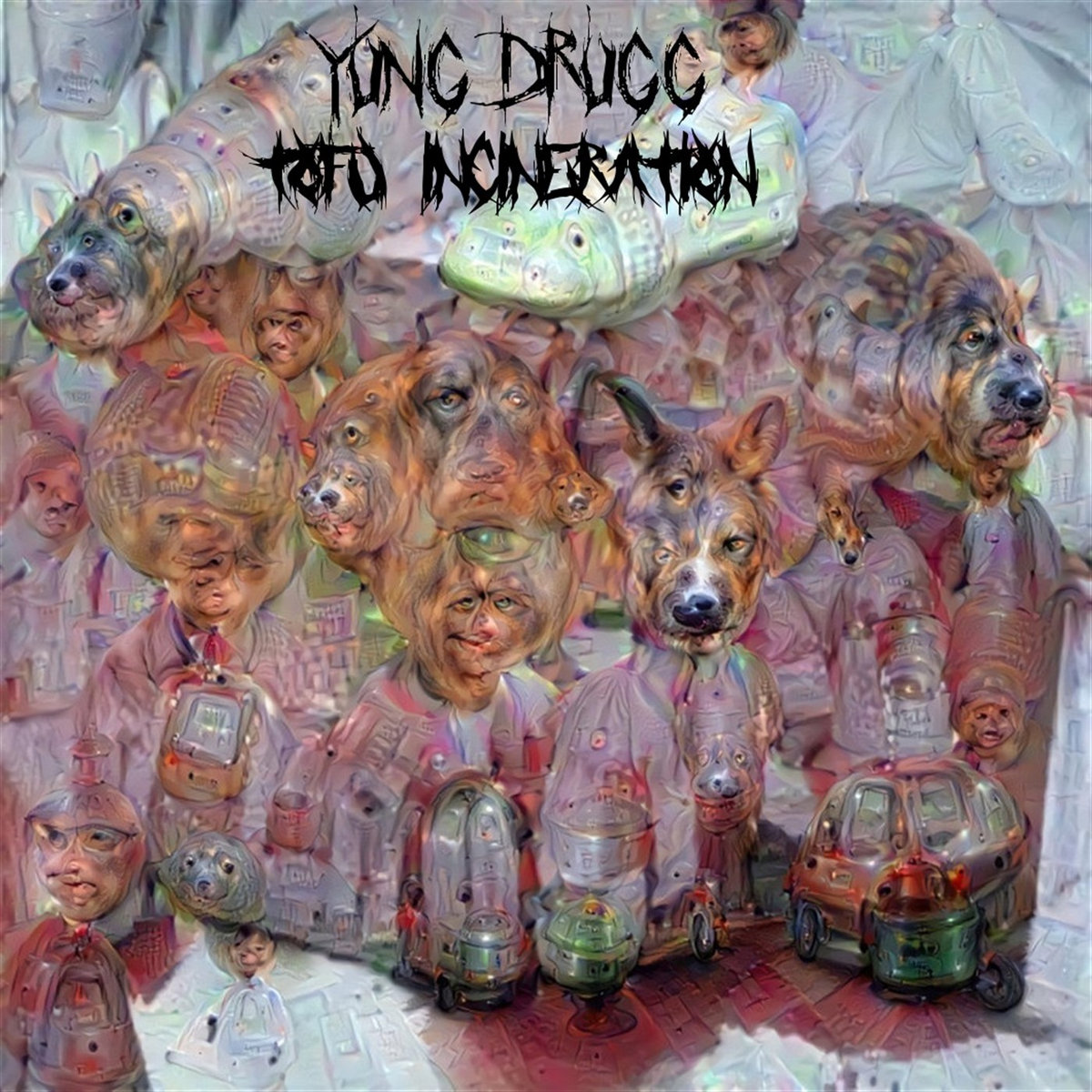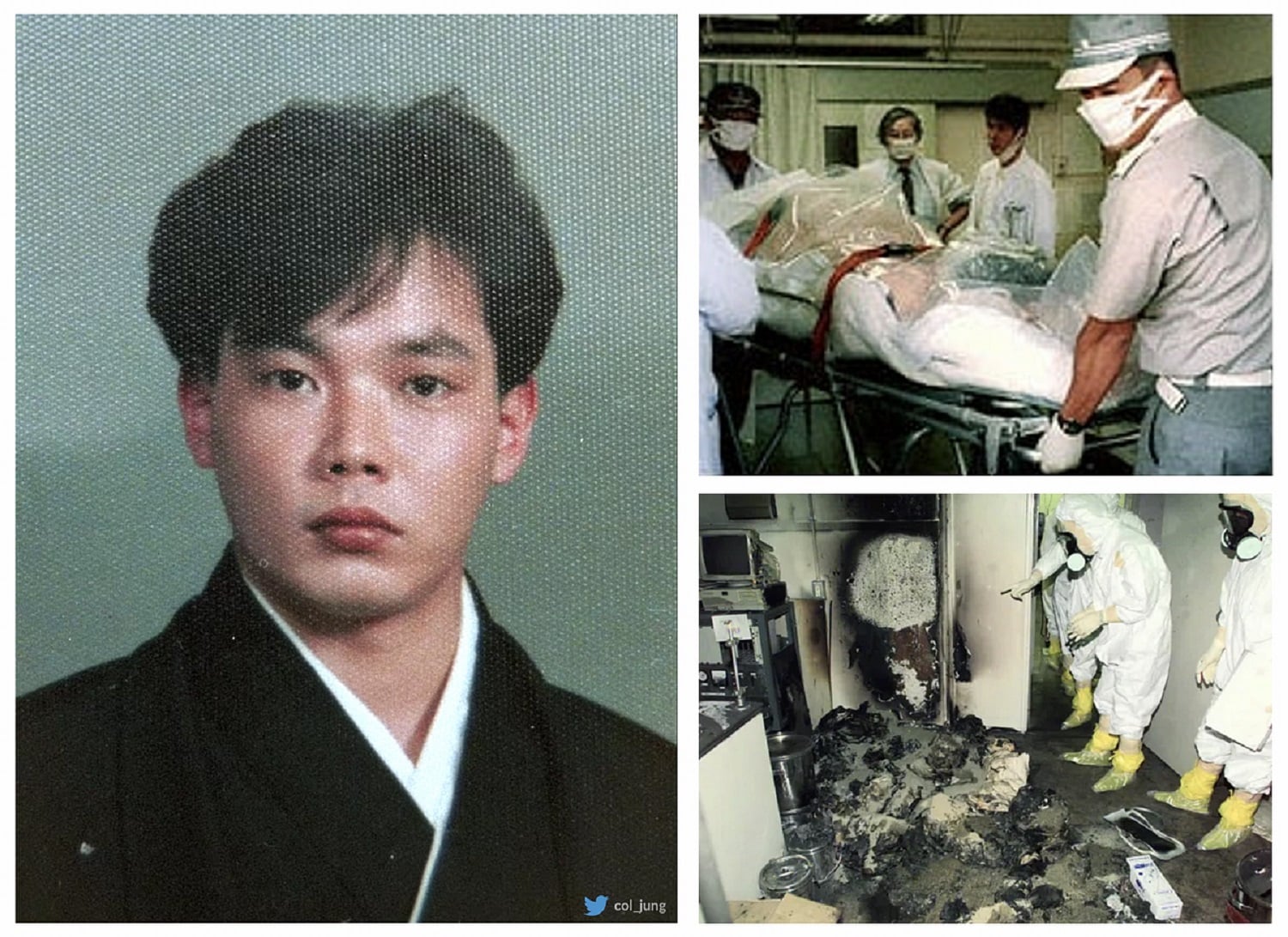Hisashi Ouchi's name is forever linked to one of the most harrowing nuclear accidents in history. On September 30, 1999, a routine task at a uranium processing plant in Tokaimura, Japan, turned into a catastrophic event that exposed Ouchi to an unimaginable 17 sieverts of radiation — a level so high that it should have been instantly fatal. Yet, for 83 agonizing days, doctors fought to keep him alive, even as his body began to break down from the inside out.
What happened to Hisashi Ouchi wasn’t just a medical mystery — it was a deeply human tragedy. His story raises questions about medical ethics, the limits of human survival, and the consequences of industrial negligence. Even decades later, people continue to search for answers about his ordeal, his condition, and the decisions made in the days following the accident.
As you read through this article, you'll get a clear picture of the events that led to this catastrophic exposure, the medical efforts to save him, and the aftermath that still resonates in Japan and beyond. We’ll explore the key facts, the science behind radiation poisoning, and the lingering questions about Hisashi Ouchi’s final days.
Table of Contents
- Biography of Hisashi Ouchi
- The Tokaimura Nuclear Accident
- The Health Effects of 17 Sieverts of Radiation
- Medical Treatment and Ethical Dilemmas
- Aftermath and Legacy
- Frequently Asked Questions
Biography of Hisashi Ouchi
Hisashi Ouchi was a Japanese man who became the victim of one of the worst radiation accidents in human history. Though details about his early life remain limited, much of what the public knows about him comes from the tragic incident at the JCO plant in Tokaimura, Ibaraki Prefecture.
Personal Details:
| Full Name | Hisashi Ouchi |
|---|---|
| Date of Birth | Unknown |
| Date of Death | December 21, 1999 |
| Occupation | Nuclear Plant Technician |
| Nationality | Japanese |
| Exposure Level | 17 Sieverts of Radiation |
| Survival Time Post-Exposure | 83 Days |
The Tokaimura Nuclear Accident
On that fateful day in September 1999, Hisashi Ouchi was working alongside two colleagues at the JCO plant when a criticality accident occurred. The workers were manually mixing uranium oxide with nitric acid, a process that should have been handled in a controlled environment. Instead, they poured the solution directly into a precipitation tank — a grave violation of safety protocols.
The error caused an uncontrolled nuclear chain reaction, releasing a massive burst of gamma and neutron radiation into the air. Hisashi Ouchi was the closest to the tank, absorbing a staggering 17 sieverts of radiation — more than twice the lethal dose. His colleague, Masato Shinohara, absorbed about 10 sieverts, while another worker, Yutaka Yokokawa, was exposed to a lower dose and survived.
Within moments, Ouchi collapsed and was rushed to the University of Tokyo Hospital. He was covered in radiation burns, vomiting, and barely conscious. The medical team had no precedent to follow — no one had ever survived such a high dose of radiation before.
The Health Effects of 17 Sieverts of Radiation
Radiation exposure at this level doesn’t just damage the skin — it attacks the body at the cellular level. Hisashi Ouchi’s chromosomes were shattered, his immune system collapsed, and his organs began to fail. He lost his skin in patches, and his body bled internally and externally.
Doctors described his condition as “total body failure.” His white blood cell count dropped to nearly zero, making him extremely vulnerable to infection. He required constant blood transfusions and intravenous nutrition. His hair fell out, his eyes became swollen, and he could barely speak. He reportedly cried blood — a rare but devastating symptom of extreme radiation poisoning.
What made the situation even more tragic was that Ouchi was fully aware of his deteriorating condition. He reportedly whispered, “I can’t see,” and “I’m not going to die,” in the early days of treatment. Despite the pain, the medical team continued aggressive interventions, keeping him alive for over two months.
Medical Treatment and Ethical Dilemmas
The medical team at the University of Tokyo Hospital faced a moral and scientific dilemma. There were no guidelines for treating someone exposed to 17 sieverts of radiation. They opted for a series of experimental treatments, including stem cell therapy and blood transfusions, hoping to give Ouchi a chance at survival.
Yet, many questioned the ethics of prolonging his life. His family, particularly his wife, reportedly expressed concerns that he was being kept alive against his wishes. There were rumors that Ouchi wanted to die to end his suffering, but doctors continued treatment anyway. Some argue that he became a test subject for the medical community, rather than a patient receiving compassionate care.
One of the most debated aspects of his treatment was whether his right leg should be amputated. Some sources claim that the leg was so damaged it should have been removed, but there's no confirmation that this was ever done. His body was so compromised that any major surgery might have hastened his death.
Despite all efforts, Hisashi Ouchi passed away on December 21, 1999 — 83 days after the accident.
Aftermath and Legacy
The Tokaimura accident had far-reaching consequences. It exposed serious flaws in Japan’s nuclear safety protocols and led to widespread public fear about nuclear energy. The JCO plant was shut down, and new regulations were put in place to prevent similar incidents.
For Hisashi Ouchi, the tragedy became a symbol of human vulnerability in the face of industrial hazards. His case is still studied in medical and ethical circles, raising questions about end-of-life care, informed consent, and the limits of medical intervention.
Even today, people search for “Hisashi Ouchi” to understand the full extent of what happened, how he survived so long, and what his story means for future safety measures. His name is often linked with searches like “most radiation survived” and “nuclear accidents in Japan,” showing that the public's interest remains strong, especially in the context of ongoing nuclear debates.
You can read more about the medical reports on radiation exposure here.
Frequently Asked Questions
How much radiation did Hisashi Ouchi absorb?
Hisashi Ouchi absorbed 17 sieverts of radiation — a level so high that it should have been instantly fatal. For context, a dose of 8 sieverts is considered lethal for humans.
How long did Hisashi Ouchi survive after the radiation exposure?
Hisashi Ouchi survived for 83 days after absorbing 17 sieverts of radiation. Despite aggressive medical care, his body eventually succumbed to the effects of radiation poisoning.
Was Hisashi Ouchi's leg amputated?
There is some speculation about whether Hisashi Ouchi’s right leg was amputated during his treatment. However, there is no confirmed evidence that this procedure was performed. Given the severity of his condition, any major surgery could have led to further complications.



